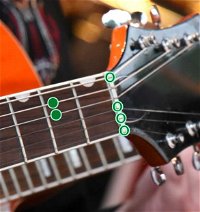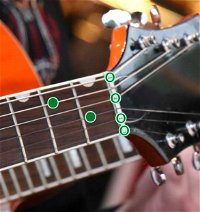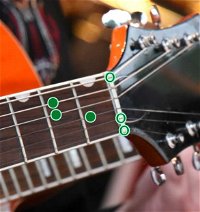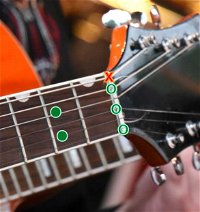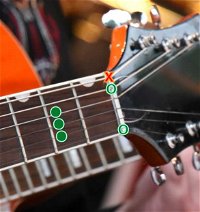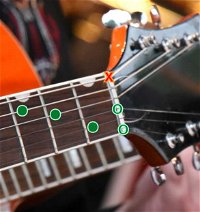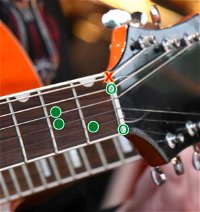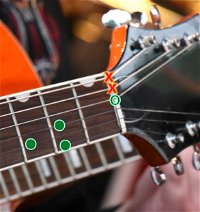
Push Down, Strum, Don't Fret! Trivia Quiz
Some Easy Chords on the Guitar
If you want to play the guitar, you'll need to know some chords - and the easier they are to play, the better for you! Here are ten chords that are both useful and easy to learn. All chords are basic major, minor or seventh - nothing fancy. Let's rock!
by WesleyCrusher.
Estimated time: 3 mins.
- Home
- »
- Quizzes
- »
- Music Trivia
- »
- Musical Instruments
- »
- Guitar
